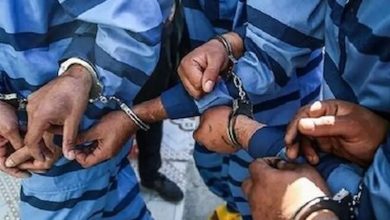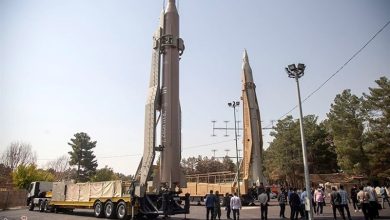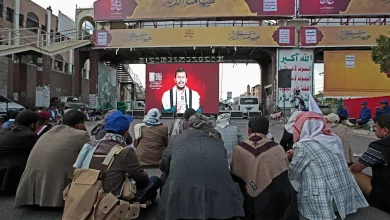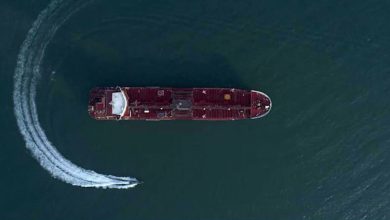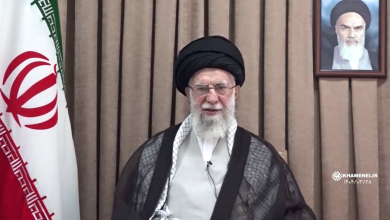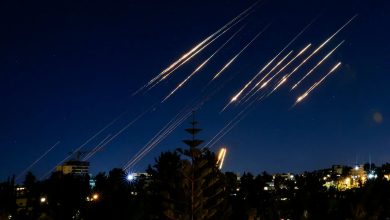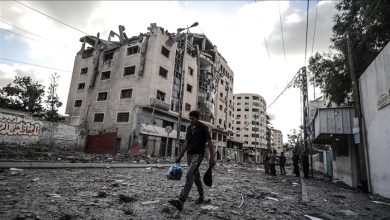Terrorists suffer heavy losses as Syrian troops keep advancing in southeast Idlib
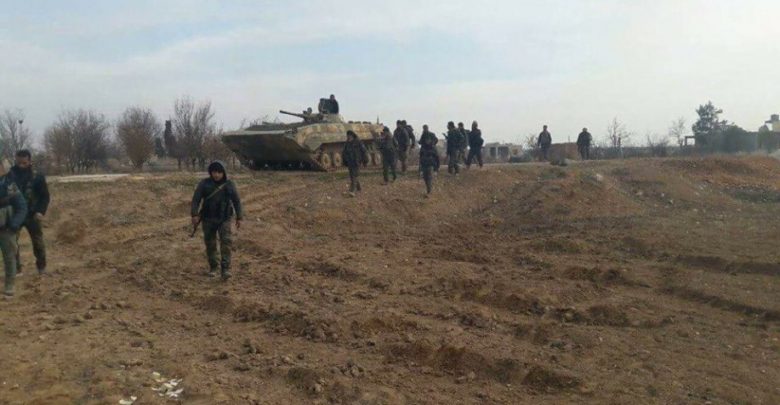
The Syrian Arab Army (SAA) is rolling through the southeastern countryside of the Idlib Governorate this evening after launching a big attack at two axes.
According to a military source near the front-lines, the Syrian Arab Army has captured the town of Al-Rafah after a short battle with the terrorists of Hay’at Tahrir Al-Sham (HTS) and their militant allies.
The source said the Syrian Arab Army is now consolidating their gains as more troops from the Hama Governorate pour into the area to secure the military’s advance.
In regards to losses, the source says the Syrian Army has suffered approximately 20 dead and wounded, while the terrorists have suffered hundreds of casualties.
The Syrian Army is expected to make a new advance in the coming hours, as they keep up the pressure against the retreating terrorist forces.

